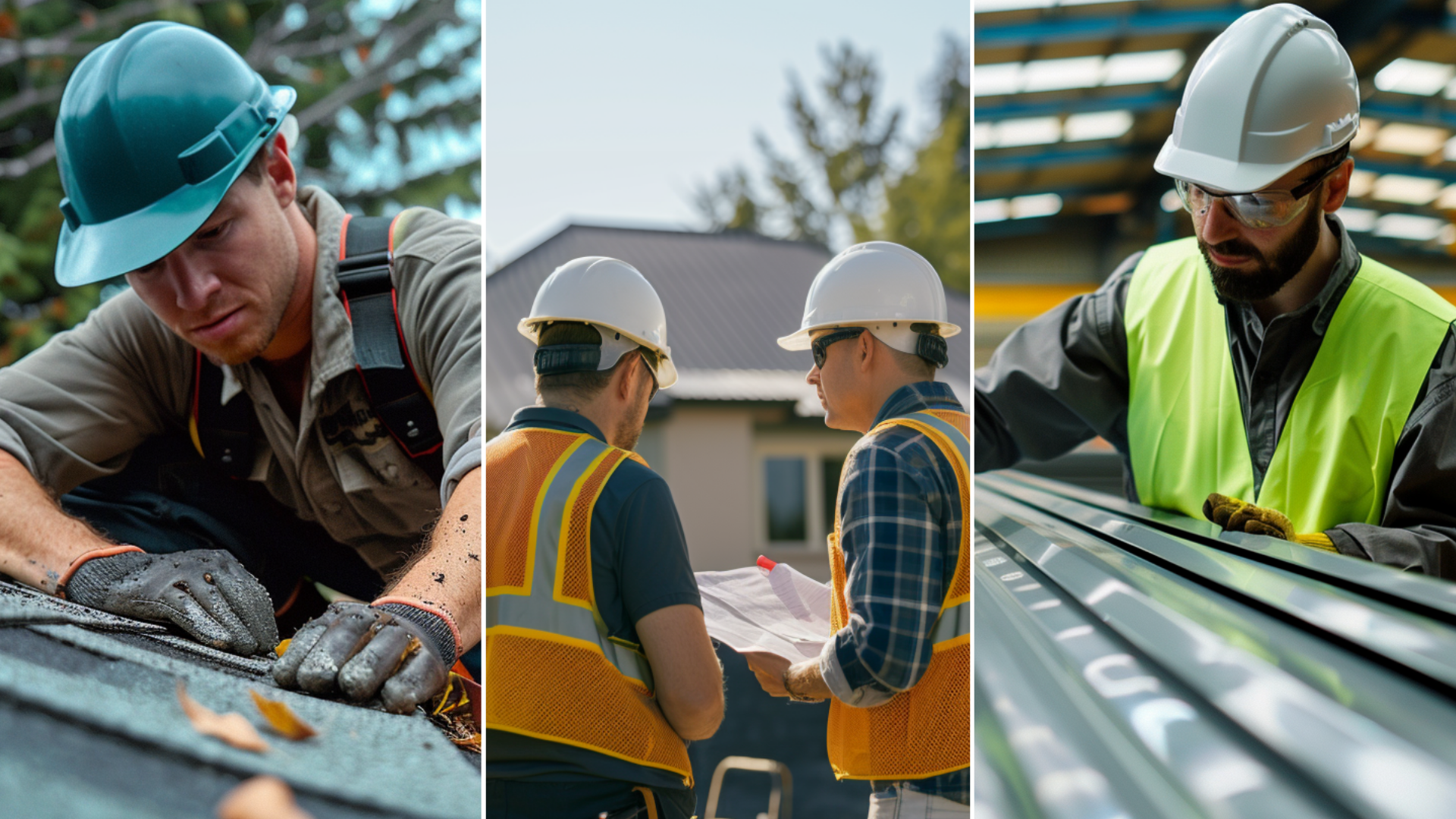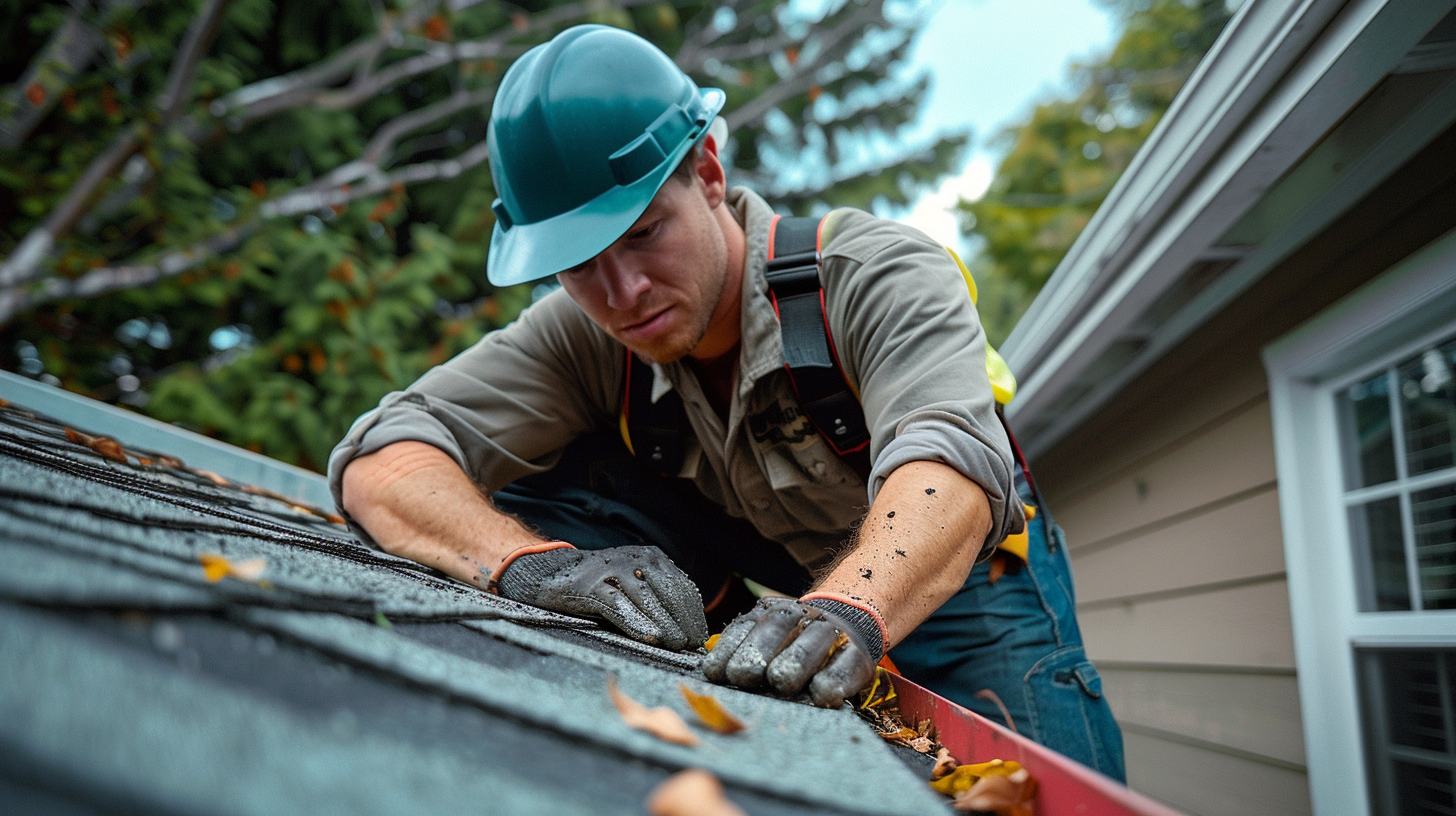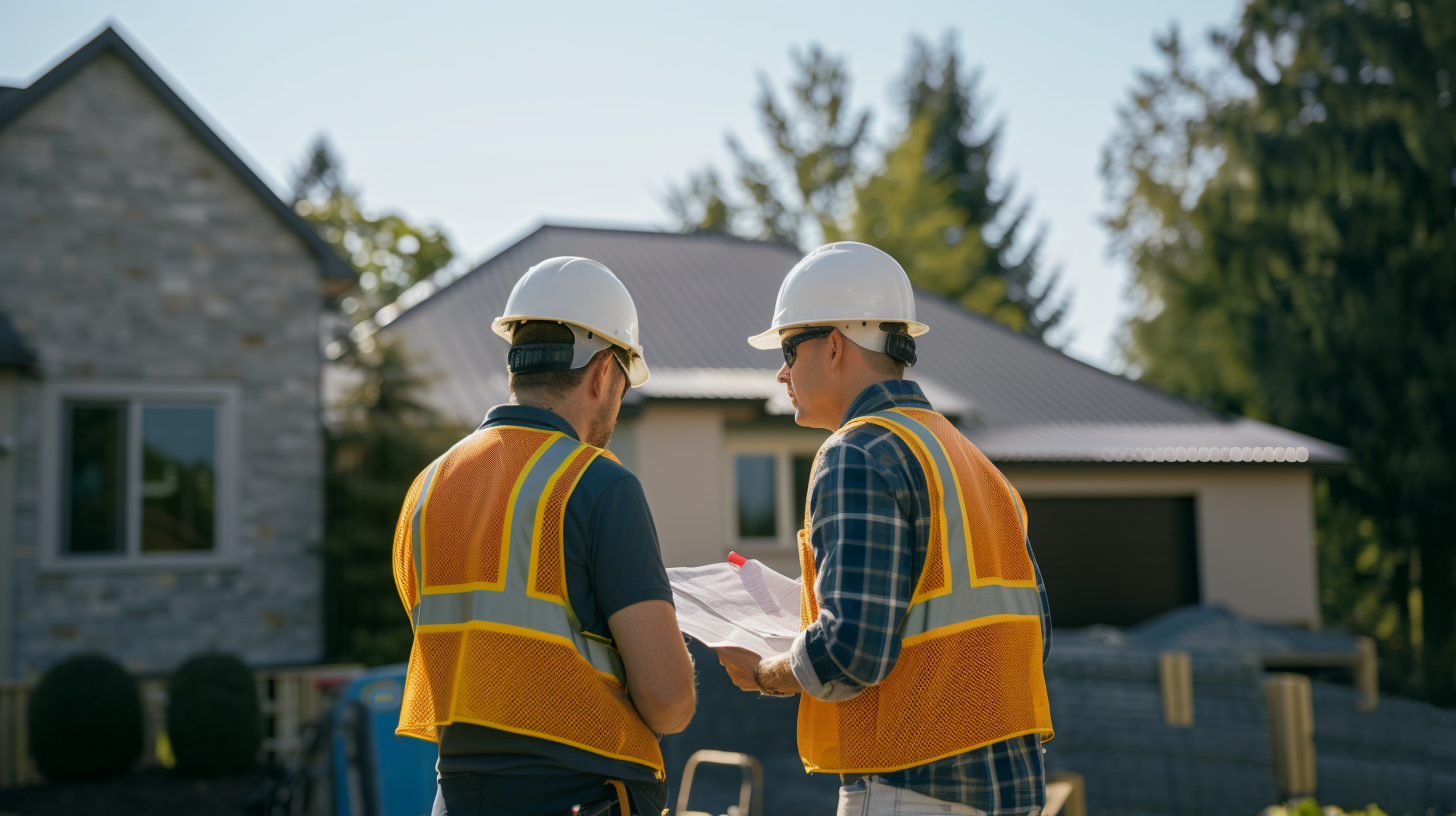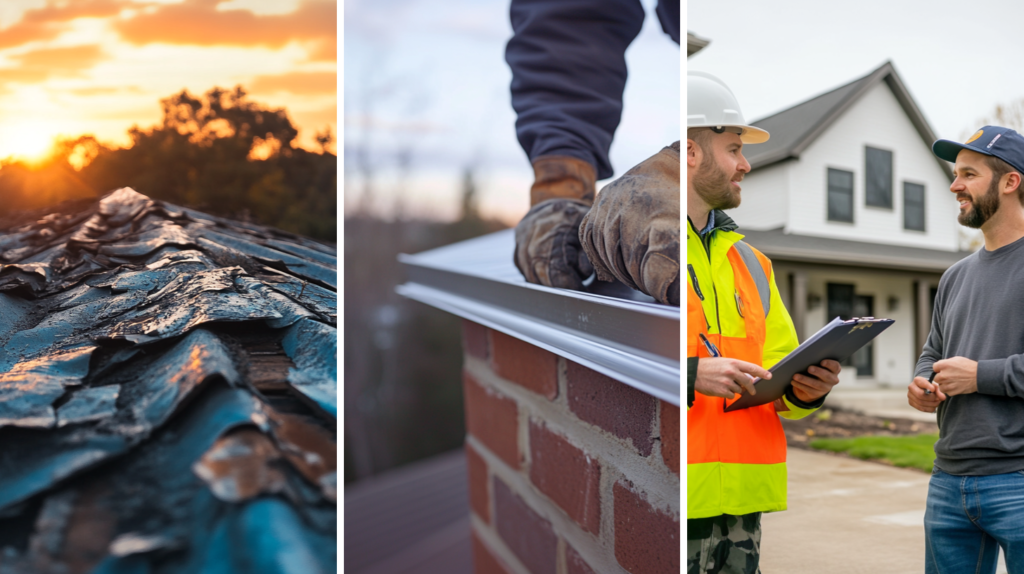Roof Inspections Process

Roof Inspections Process
Additionally, roof inspections offer valuable insights into the overall health of the roofing system. This information informs informed decisions about maintenance and renovations, ensuring roofs remain solid and secure against weather conditions and external factors. Regular inspections also ensure safety compliance, protecting property and occupants, enhancing durability and performance, and providing peace of mind and long-term savings.
Visual Inspection
Next, a closer look at the roof’s structure and materials is essential. This involves checking for sagging or uneven areas, signs of rot or decay, ponding water, and any loose or damaged flashing. The roof’s interior should also be inspected for signs of water damage, mold, or other indicators of roof leaks. Considering the costs of roof inspections, it’s essential to ensure a thorough examination to avoid overlooked issues that could lead to more expensive repairs later.
Lastly, visual inspection should consider drainage patterns, joints, and angles. Proper drainage is essential for preventing water damage, and any obstructions or improper angles should be rectified. Comprehensive roofing inspections also help identify hidden and potential damage, ensuring the longevity and safety of the roofing system. Regular inspections can prevent the need for more extensive roof and gutter replacement, preserving the integrity of the entire structure.
Structural Assessment
The first step in a structural assessment is examining the roof for sagging or unevenness, as these signs can indicate structural problems. Professional roof inspectors will visually inspect the roof from inside and outside the building, looking for any visible signs of movement or deformation on steep and unreliable surfaces, which may be exacerbated by storm damage or bad weather.
The next step is inspecting the roof’s structural framework. This includes checking for solid construction and identifying potential issues such as rotting wood, structural damage, or poorly attached gutters. The goal is to ensure that the entire roofing structure, including all structural components, is sound and capable of supporting the roof’s weight, even under extreme weather conditions.
A thorough structural assessment also involves assessing other structural elements of the roof, such as the chimney and its cracks, damaged flashing, worn gutters, and fascia boards. These components play a vital role in the overall stability and functioning of the roof. Roofing experts emphasize the importance of annual inspections to catch structural issues early, including identifying poor insulation that could lead to further damage.
After the inspection, the roofing company or experts provide a detailed report. This report accurately assesses the roof’s condition and outlines necessary repairs or maintenance. County roofing inspections may also be required for specific roofing projects to ensure compliance with local regulations and standards.
Material Evaluation
Critical evaluation criteria include durability, cost-efficiency, sustainability, and versatility. Assessing the durability of roofing materials is crucial, as it directly impacts their ability to withstand various weather conditions, such as heavy rain, strong winds, or extreme temperatures. Materials with high durability can ensure a long-lasting, resilient, well-maintained roof.
Cost efficiency is another important consideration during material evaluation. Choosing roofing materials that provide value for money and balance quality and cost is essential. Opting for cost-effective materials can minimize long-term repair and maintenance expenses, thus avoiding expensive roof repairs.
Sustainability is an increasingly significant factor in material evaluation. Choosing eco-friendly and sustainable roofing materials can reduce the construction process’s environmental impact, provide energy efficiency benefits, and qualify for green building certifications.
Lastly, the versatility of roofing materials is crucial, as it allows for various design options and adaptability to different architectural styles. Versatile materials can contribute to achieving the desired aesthetic appearance while maintaining functionality and performance. This adaptability can be beneficial during roof installation or when addressing uneven roof planes.
In addition to material evaluation, working with roofing professionals and an affordable roofing company can ensure a comprehensive roof inspection and proper maintenance of roofing details. Such diligence helps prevent roof damage and may delay the need for a complete roof replacement. Every aspect of roof inspection is critical in maintaining the integrity and longevity of the roof.
Expert Roof Inspections Process with Sky Roofing Construction & Remodeling
Learn more about the roof inspections process and the services we offer:
https://skyroofingconstructiontx.com/roofing-services/
Quality workmanship done right the first time
Contact Us
Address
415 Balcones Heights Rd.
San Antonio, TX 78201
Contact@SkyRoofingConstructiontx.com
Call Us
(210) 942-9797
The post Roof Inspections Process appeared first on Roofing Contractor San Antonio - Sky Roofing Construction & Remodeling.
from Roofing Contractor San Antonio – Sky Roofing Construction & Remodeling https://skyroofingconstructiontx.com/roof-inspections-process/
via Sky Roofing Construction & Remodeling





No comments:
Post a Comment